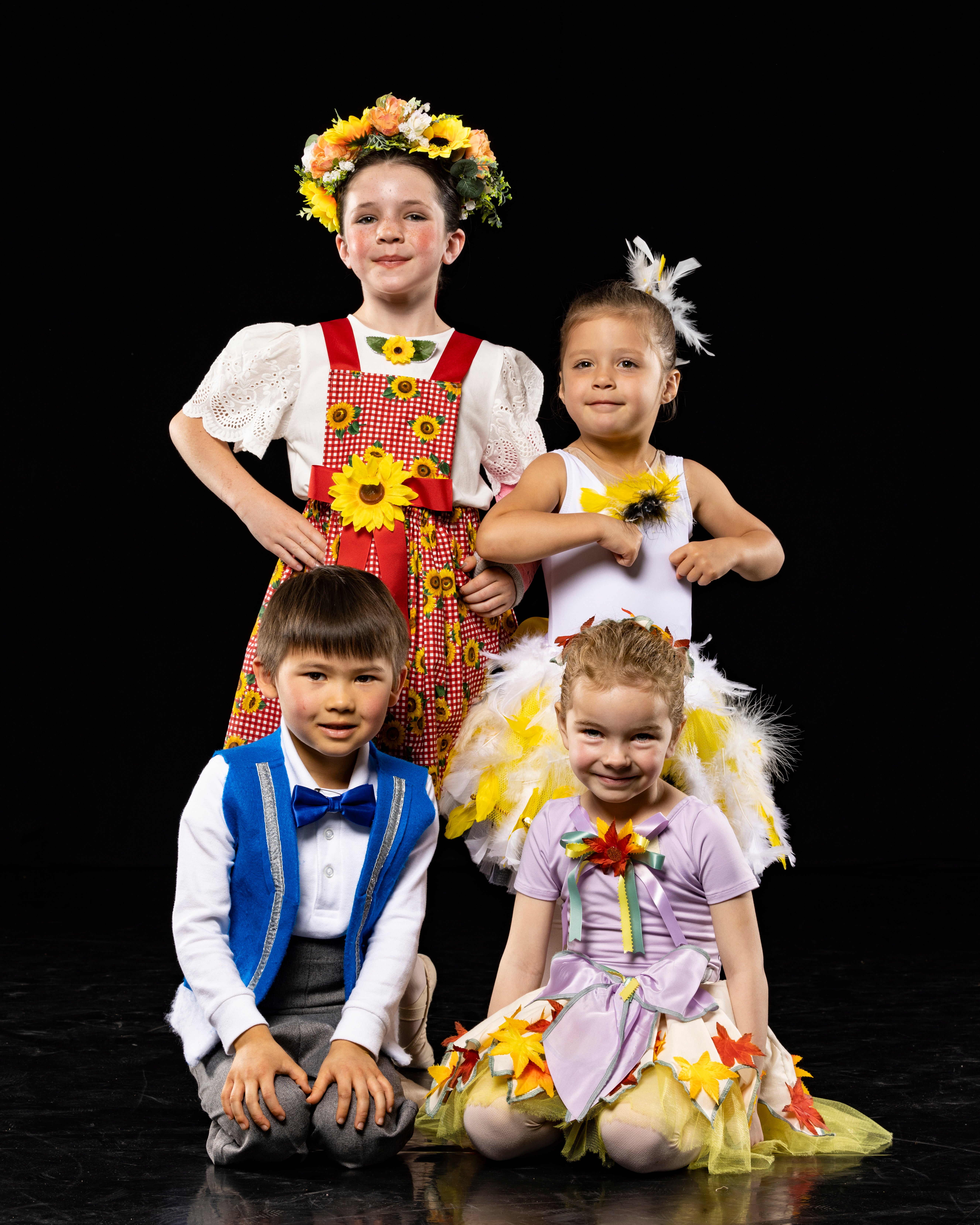
Frederick Quinney Lawson Ballet West Academy productions have earned a reputation for unique, eye-catching costumes. With over 26 performances every year and several hundred dancers requiring costumes each time, it’s a good thing the Academy has a treasure trove of options, many of them actually hand-sewn by Connie Smith.
As a Ballet West Academy instructor who has a history with Ballet West dating back to her time dancing in The Nutcracker in 1965 when she was eight years old, Smith is the mastermind behind every primary level Academy performance costume.
Ballet and costumes became part of her life when her mom enrolled her in dance lessons and taught her how to sew at a young age. Smith fell in love with both the art form and costume production. Unfortunately, her mom was killed in a car accident during Smith’s teen years, motivating her to continue dancing and later own a ballet studio for 20 years, knowing her mom saw that potential in her.
As a dancer and teacher, Smith gleaned the knowledge she needed for costuming, especially when sewing for productions at her own studio.
“I’ve spent years studying the way costumes move on people and what kinds of fabrics to use,” said Smith. “Dancers live in a costume and whether they are old or young, it is a memorable experience. The steps are important, but costuming is also important for what they want projected to their audience.”
Performance planning begins months in advance when Smith’s ideas start flowing as she determines which costumes are already in stock from her collection, which can be altered, and which headpieces match costumes from both her own collection and those that have passed down from Ballet West.
Her favorite costumes are chickens and roosters full of hand-painted feathers, usually stealing the show when worn by the youngest dancers. Another cherished outfit has hand-made butterflies sewn in the costume with matching headpieces.
“It was like magic,” Smith said. “These kids who had kind of robotic arms in class put on these costumes and they transformed into butterflies. Costumes are the beginning of a dancer’s experience. The dancers become a different character and what it does is draw in these ballet families and creates a dream in children.”
Assigning costumes starts with lining up dancers by height and sorting through to find the right fit for each dancer. Then the personalization process of sewing and stitching begins and each dancer gets their name placed on the tag inside. What’s fun is seeing the names of all the other dancers who have previously worn that costume – many of whom are now principal dancers.
Performances do come with costume crises on occasion. One time a little boy put on his pants shortly before a performance, only to realize he had grown a few inches since the initial try-on. Smith grabbed a seam ripper, asked a parent volunteer to pick out the stitches, sprayed the pants with water and laid them flat shortly before he went onstage.
“Everything is a work in progress and has to be perfect before it goes on the stage, so I’ve taught parents how to put costumes on and how to check everything. Costuming is a team effort,” said Smith.